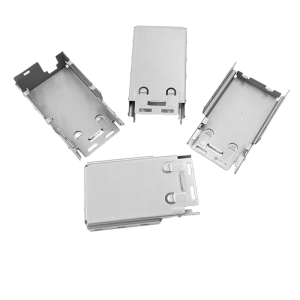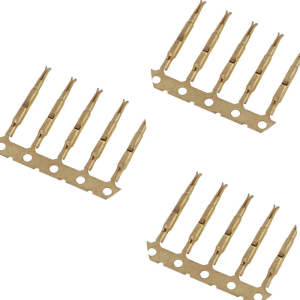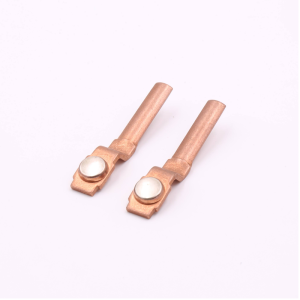When it comes to selecting the right material for your CNC machining project, the decision between galvanized steel and stainless steel can significantly impact the outcome. The wrong material choice could lead to rust, premature failure, and unnecessary costs—ultimately compromising your project’s success. At Topmetalstamping, we understand how crucial material selection is to ensure your parts perform optimally and meet the desired lifespan. In this guide, we’ll explore the differences between galvanized and stainless steel, breaking down key factors to help you make an informed decision tailored to your specific needs. Whether you’re an experienced engineer or new to material selection, we’re here to provide expert guidance to make your project a success.
Understanding Galvanized Steel and Stainless Steel
Galvanized steel is a widely used material for various applications, particularly when cost is a key consideration. The process of galvanization involves coating the steel with a layer of zinc. This zinc coating serves as a protective barrier, preventing corrosion by creating a sacrificial layer that corrodes before the steel itself. While galvanized steel is often less expensive than stainless steel, it offers reliable corrosion resistance in moderate environments, making it a solid choice for many industries.
Stainless steel, while more expensive, offers superior inherent corrosion resistance due to its high chromium content. Chromium forms an oxide layer on the steel’s surface that self-repairs if scratched, offering long-lasting protection from rust and corrosion. This makes stainless steel the go-to material for more demanding environments, where durability and extended performance are essential. At Topmetalstamping, we help our customers navigate these options, ensuring that each project is optimized for both performance and cost-effectiveness.
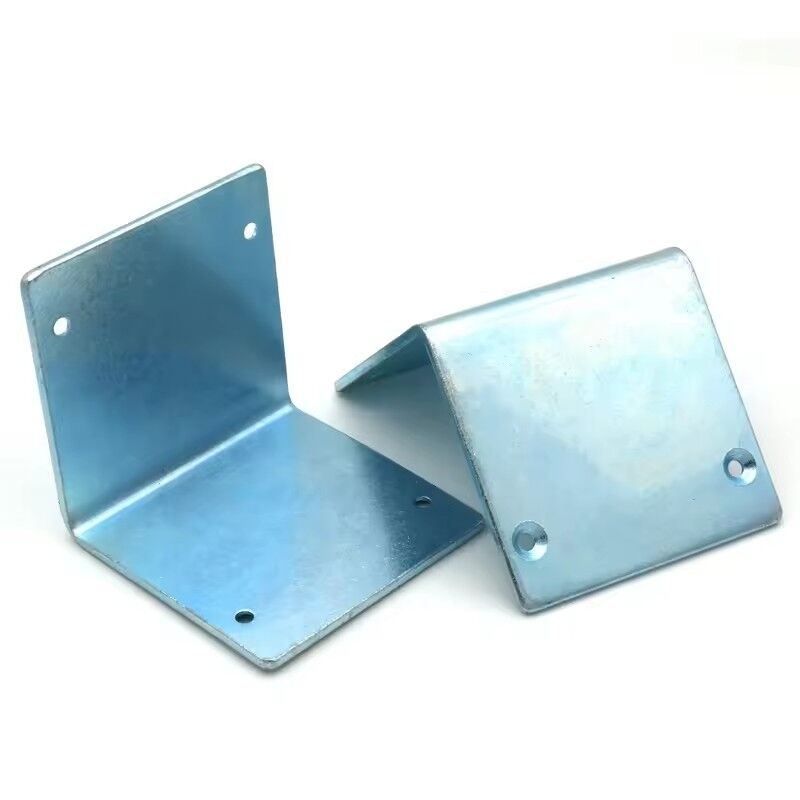
Key Considerations for Choosing the Right Steel
Several factors should guide your decision when choosing between galvanized and stainless steel for your CNC machining project. Here are the key considerations to keep in mind:
- Cost: Galvanized steel tends to be more affordable than stainless steel. If you’re working on a project with a tight budget or in an environment where the steel won’t face extreme corrosion, galvanized steel may be the better option.
- Corrosion Resistance: Stainless steel excels in corrosion resistance, particularly in harsh environments like marine or chemical applications. While galvanized steel is resistant to corrosion in less demanding settings, its zinc coating degrades over time, particularly in high-exposure environments.
- Strength and Durability: Stainless steel typically provides higher strength and long-term durability compared to galvanized steel. If the application involves heavy loads, frequent stress, or exposure to extreme conditions, stainless steel is the more reliable choice for long-lasting performance.
- Aesthetic Appeal: Stainless steel has a sleek, polished look that makes it ideal for projects where appearance matters, such as in architectural elements or consumer-facing products. Galvanized steel has a dull gray finish, which may be less desirable in products requiring a visually appealing finish.
- Welding Challenges: Galvanized steel requires additional care during welding because the zinc coating can release harmful fumes when heated. Special ventilation and protective measures are necessary to safely weld galvanized steel. On the other hand, welding stainless steel is relatively straightforward, making it more convenient for intricate designs.
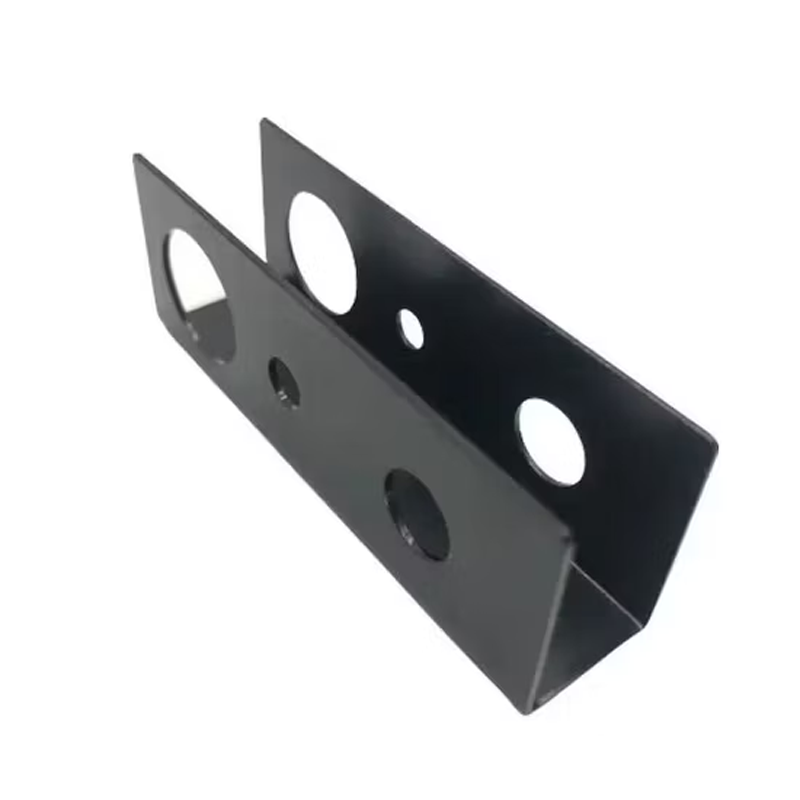
When to Choose Galvanized Steel
Although stainless steel is a highly durable material, there are many instances where galvanized steel is the better option, particularly in cost-sensitive projects. At Topmetalstamping, we work with various industries, including construction, agriculture, and HVAC, where galvanized steel’s affordability and corrosion resistance in less demanding environments make it the material of choice. Here are some key applications where galvanized steel excels:
– Construction and Infrastructure: Galvanized steel is commonly used in structural applications like guardrails, streetlight poles, and beams that are exposed to the elements. Its reasonable cost and corrosion resistance make it a great choice for projects that require outdoor exposure without breaking the budget.
– Agriculture: For fencing, gates, and other agricultural products, galvanized steel offers effective protection from the elements at a lower cost than stainless steel. It’s ideal for agricultural environments where extreme conditions aren’t a concern.
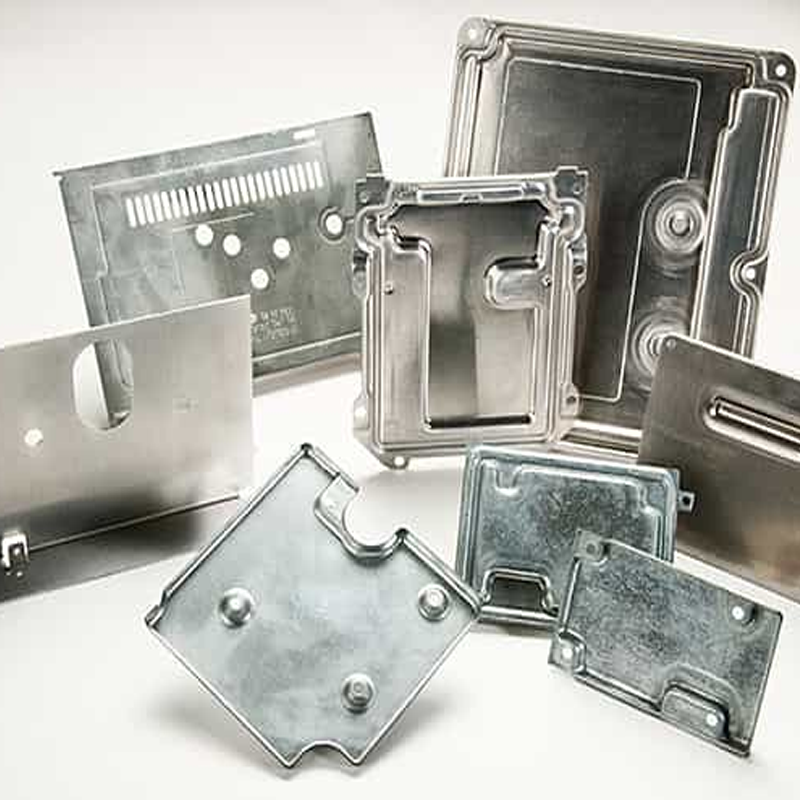
– HVAC Systems: Galvanized steel is a common material used in ductwork and other HVAC components. Its cost-effectiveness and sufficient protection against rust in indoor or protected outdoor environments make it a reliable choice for HVAC systems.
– Outdoor Hardware: Nails, bolts, screws, and brackets made from galvanized steel are commonly used in outdoor applications where cost is a significant consideration. The zinc coating helps prevent rust and corrosion, ensuring these components remain functional for a reasonable period.
– Electrical Applications: Galvanized steel is frequently used for electrical conduit and junction boxes, providing adequate protection for wiring systems, especially in outdoor or industrial environments.
Galvanized steel is ideal for applications where exposure to extreme weather or corrosive chemicals is minimal. The sacrificial zinc coating ensures reliable performance, even in moderately harsh conditions.
Drawbacks of Galvanized Steel
While galvanized steel offers several benefits, it also has some notable drawbacks. One of the primary concerns is the vulnerability of the zinc coating. Once the coating is damaged, either through scratches or exposure to severe conditions, the underlying steel is at risk of corrosion.
Additionally, galvanized steel has a shorter lifespan compared to stainless steel, particularly in highly corrosive environments such as coastal areas or industrial settings. The zinc coating depletes over time, requiring replacement sooner than stainless steel would.
Another drawback of galvanized steel is its welding challenges. The toxic fumes produced during welding, caused by the zinc coating, can pose health risks if proper safety precautions are not followed. Moreover, welding galvanized steel requires removing the coating around the weld area, which adds time and cost to the process.
Finally, the aesthetic appeal of galvanized steel may not meet the standards of certain applications. Its dull gray finish, often with a spangled pattern, is practical but not ideal for consumer-facing products that demand a clean, polished appearance.

When to Opt for Stainless Steel
Stainless steel is the preferred choice for applications that demand superior corrosion resistance, durability, and aesthetic appeal. If your project involves exposure to harsh environments such as high humidity, chemicals, or marine conditions, stainless steel is the material that will ensure long-term performance and reliability. Here are a few key industries and applications where stainless steel is the better choice:
– Marine Applications: Stainless steel’s resistance to corrosion from saltwater makes it ideal for marine equipment such as boats, docks, and other coastal infrastructure.
– Food and Medical Industries: Stainless steel is the preferred material for food processing equipment, medical devices, and pharmaceutical manufacturing due to its purity, corrosion resistance, and ease of cleaning.
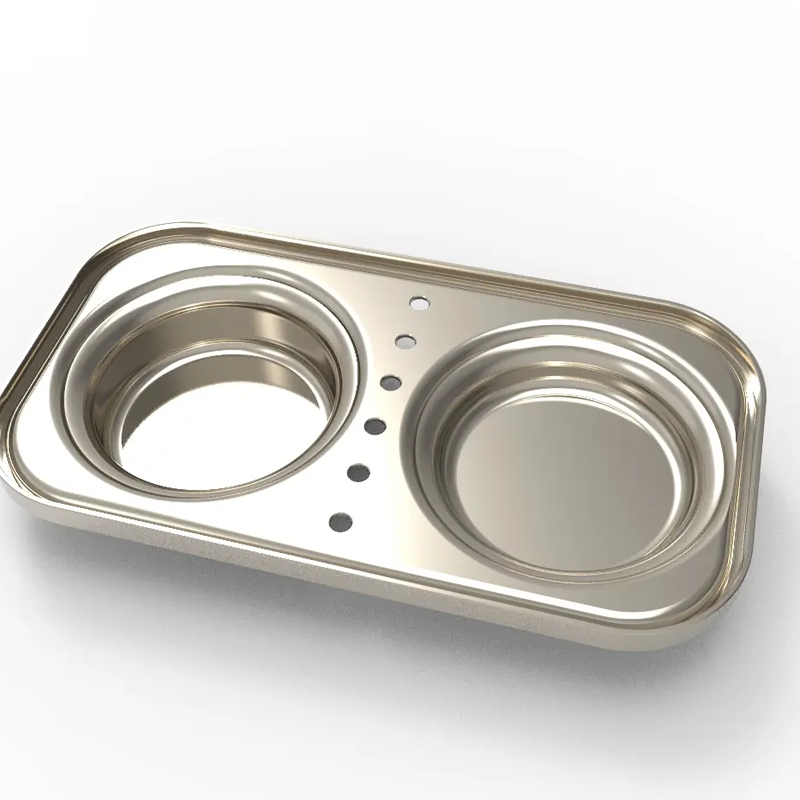
– Architectural Features: Stainless steel’s aesthetic appeal makes it a popular choice for architectural applications such as railings, cladding, and sculptures. Its bright, polished finish adds an elegant touch to buildings and public spaces.
While stainless steel is more expensive than galvanized steel, its durability and low maintenance make it a worthwhile investment for projects that require high-performance materials.
Conclusion
Choosing the right material for your CNC machining project is critical to achieving the desired performance and longevity of your parts. Whether you choose galvanized steel for cost-effective corrosion protection or stainless steel for its superior strength and durability, understanding the unique properties of each material is essential. At Topmetalstamping, we specialize in helping our clients select the best material for their projects, ensuring that you get the quality and performance you need without exceeding your budget. Reach out to us today to discuss your project and receive expert advice on material selection for optimal results. Let us help you make the best choice for your CNC machining needs!

